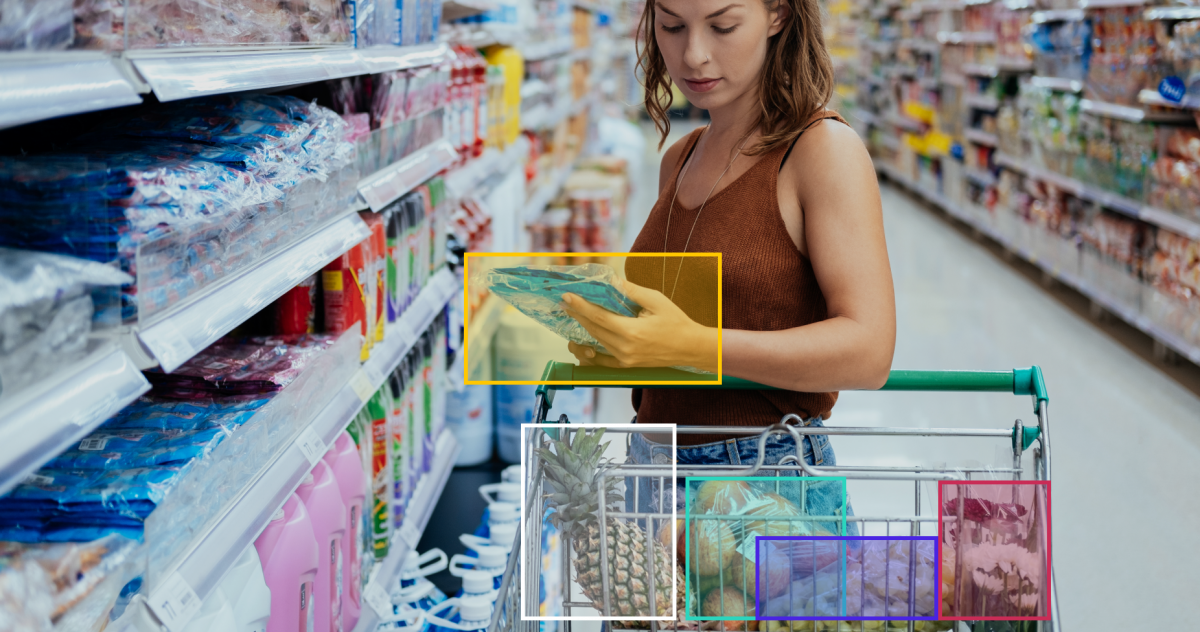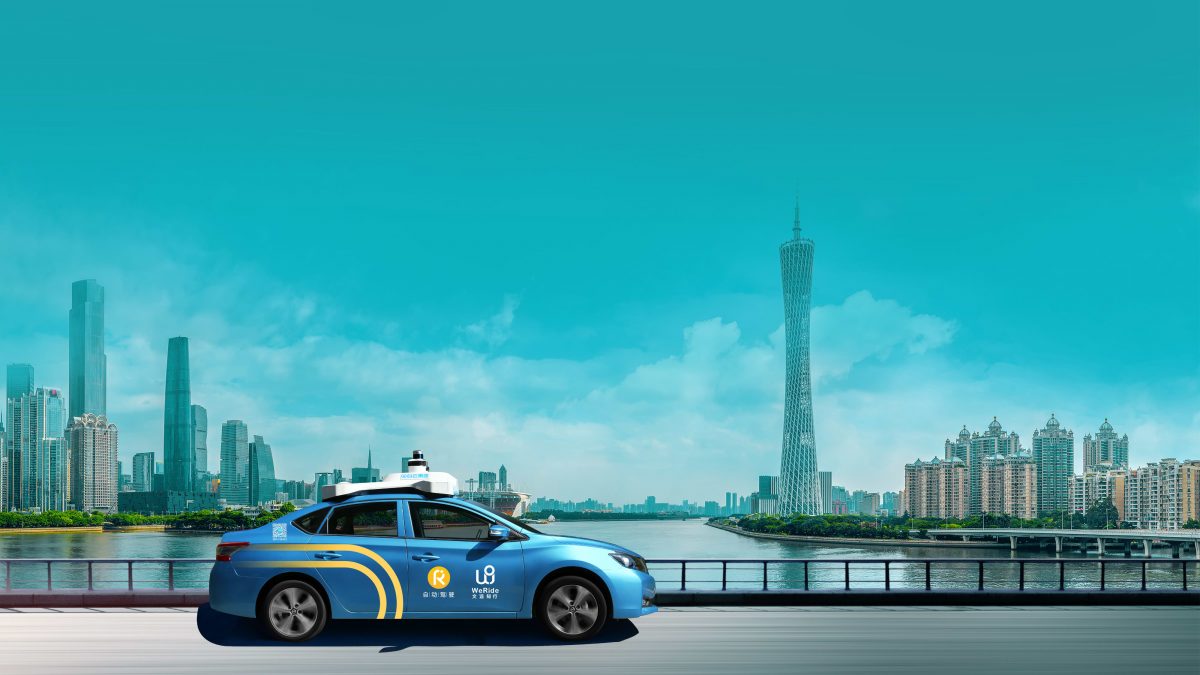Imagine walking into a store, grab the stuff you want, skip the cashier and subsequently leave the store. With rapidly advancing technology, such as Artificial Intelligence (AI), Big Data, Internet of Things (IoT), and Machine Learning, this imagination has turned into reality. Biometric payment enables consumers to authorize payments through facial recognition (Jefferson, 2022). Instead of taking out cash or credit cards, consumers only need to get their face scanned at the check-out. In this way, queues are avoided, waiting time is eliminated, employee costs are reduced, while productivity is increased.
Amazon has been the first retailer to launch a cashierless store in 2018 (Oi, 2021). With the introduction of Amazon’s ‘Just Walk Out Shopping’, Amazon has initiated a new, technology-driven customer journey. Customers are required to registrate themselves in order to set up an Amazon account and are expected to have the free Amazon application downloaded on their mobile devices in advance. When entering an Amazon Go store, customers will be asked to enter the ‘In-Store Code’ within the application. Cameras detect products when these are taken by customers and automatically adds these products to a virtual chart (Amazon, n.d.). Although cashiers are no longer needed, employees are still present to help customers if they need to. After customers are done shopping, they can just walk out. The receipt will be sent to the Amazon account.
The technology is not limited to Amazon itself, as AiFi enables other stores to implement the same technology as Amazon. While Amazon focuses on providing a smooth customer journey and enhancing operational efficiency, AiFi aims to sell its product to third parties. AiFi is an American start-up that is specialized in the development of autonomous retail software. The start-up provides the same technology as Amazon’s ‘Just Walk Out Shopping’: cameras are everywhere to detect the movement of products. The virtual basket will be updated automatically whenever customers pick up products or when they put the products down (Dean, 2021). Remarkably, AiFi offers a hybrid payment method, enabling customers to either pay at a cashier if they want or else pay by biometric payment. As its global customer base is still growing, AiFi is expanding rapidly. The start-up even launched the largest autonomous store operated by cameras in Shanghai. With the expansion of AiFi, autonomous stores become more common.
Literature
Frequently Asked Questions. (n.d.). Amazon. Retrieved October 3, 2022, from https://www.amazon.com/b?ie=UTF8&node=16008589011
Jefferson, E. (2022, 14 September). Body talk: who’s ready for biometric verification?. Raconteur. Retreived October 3, 2022, from https://www.raconteur.net/finance/payments/body-talk-whos-ready-for-biometric-verification/
Oi, R. (2021, September 29). Post-pandemic, cashierless stores are now the present (not the future) of retail. TechHQ. Retrieved October 3, 2022, from https://techhq.com/2021/09/cashierless-stores/
The world’s biggest camera-operated autonomous store has opened in Shanghai. This is how it works. (2021, February 28). Business Insider Nederland. Retrieved October 3, 2022, from https://www.businessinsider.nl/the-worlds-biggest-camera-operated-autonomous-store-has-opened-in-shanghai-this-is-how-it-works/


